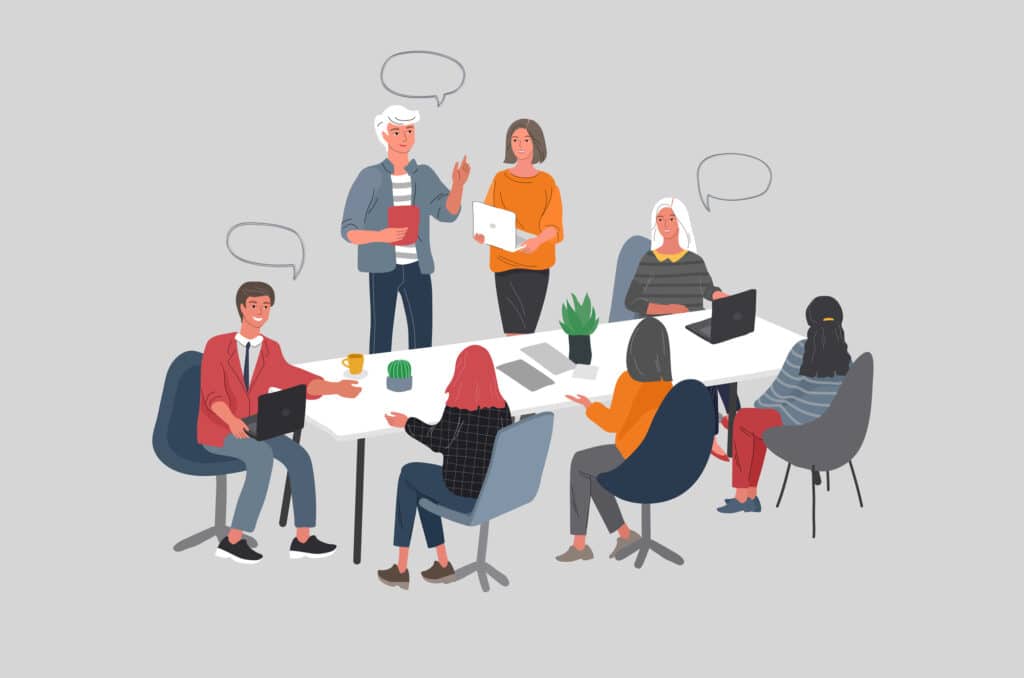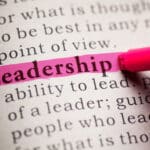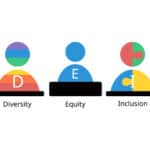Diversity, Equity and Inclusion (DEI) are important values that need to be represented in any business.
By prioritizing inclusive language and taking steps to promote diversity, companies can protect their reputation and avoid legal damages related to discrimination.
An important aspect of “inclusion” at workplace is the language we choose to communicate with. Language is a powerful tool that brings people together and foster a sense of belonging. Inclusive language is a key component for creating a welcoming and respectful culture. It is the use of language that is free from stereotypes, bias, and prejudice that promotes DEI at the workplace.
Incorporating inclusive language can help improve communication between teams, higher employee engagement, increased productivity and better customer service. These components are essential in building a positive work culture. Our unconscious choice of words may cause discomfort or unintentionally offend someone. We should make an intended effort to use phrases and words that are inclusive and respectful of everyone in the conversation.
Strategies to build an inclusive workplace
Impact of words
Using gender-neutral terms and mindful language can help individuals, who have been marginalized because of their race, ethnicity, gender, sexual orientation, age and disability status, feel more included. For example, instead of referring to someone as “disabled”, use “People who are differently abled”. This puts the focus on the person first, rather than their disability.
Additionally, Inclusive language can also help to prevent unintended biases and stereotypes from influencing decision-making. Language has a powerful influence on our thoughts and behaviors, and it can reinforce negative attitudes towards certain groups. By using positive words and phrases, we can shift mindsets and promote inclusivity.

Is Inclusive Language a priority in your company?
Our course offers practical tips and strategies to promote diversity, equity, and inclusion through inclusive language. Unconscious Bias Workplace Training will help you gain an in-depth understanding of how to prevent unintended biases and stereotypes in your day-to-day interactions and decision-making.
Use daily conversations as an opportunity
Day-to-day conversations within our community have the potential to facilitate personal and collective growth. Such conversations provide an excellent opportunity to gain a deeper understanding of each other, offer support, and uplift one another. By consciously paying attention to the words we use, we can harness the power of conversations for our benefit. Moreover, being empathetic and compassionate towards others, can foster a culture of kindness in the workplace.
Bridging cultural differences
Language can be influenced by cultural norms and values, and what may be considered appropriate in one culture may not be in another. Encourage employees to share their cultural experiences and perspectives in order to foster greater understanding and appreciation for diversity within the workplace. By acknowledging cultural differences, we can use the language that is respectful, non-discriminatory, and inclusive.
Review corporate policies and communications for language neutrality
Incorporating inclusive language in corporate documents, policies, procedures and job postings to ensure that the material is accessible to diverse audiences with the diverse needs. It also means identifying areas where language may be exclusionary and make changes to promote inclusivity. Prioritizing the use of inclusive language can effectively demonstrate a company’s commitment to diversity and inclusion, fostering trust among stakeholders, customers, clients, and employees.
Power of DEI education and training
Ongoing DEI education and training helps employees learn, grow, and reflect inclusive and positive language in the workplace culture. It enables companies to turn DEI from an abstract concept to a reality in employee actions and words. It provides a shared language and understanding that facilitates trust and respect among colleagues, clients, and customers. This can be particularly important in a workplace where people may have diverse backgrounds and experiences.
Workplace Diversity Quiz: Kickstart your DEI Training Journey
When in doubt, ask
Inclusive language is a constantly evolving concept, so it is ok to learn and unlearn while you steer through this. By asking questions, we are opening ourselves up to adapt to new knowledge and perspectives – reflecting our on-going commitment to learning and growth. This can ultimately lead to greater understanding and a more inclusive workplace culture.
Navigating changing language landscape
Using inclusive language at the workplace is a powerful way to promote equality and remove biases. Language and its nuances are constantly evolving, and so is the learning process. Being aware and open to the changing language can help the organization stay agile and adaptable.
Every company is unique and therefore requires a customized approach to promote inclusivity at the workplace. It requires collaborative effort between the organization and its employees to continually improve and adapt to the changing needs.

Are you ready to take your company’s Inclusive Language to the next level?
Discover how our comprehensive training program – DEI Training for the Workforce can equip your team with the tools they need to promote an inclusive workplace culture. This training will take a deep dive into acceptable and unacceptable workplace attitudes and behaviors, interactive exercises to gain a practical understanding of how to build a supportive workforce.







